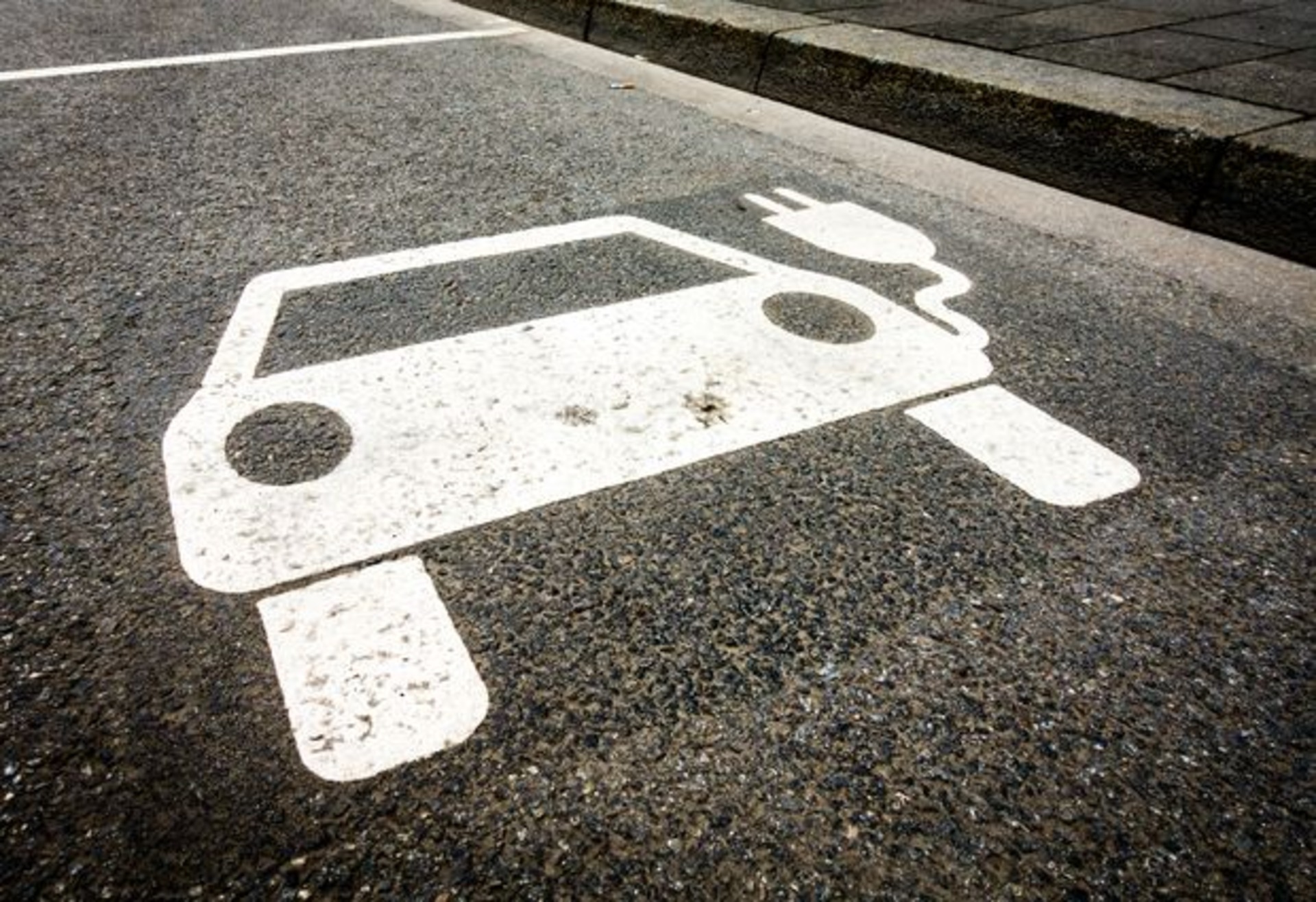Where will ‘garage orphans’ charge electric cars if they have to park on the street?
12 Jun 2019
Among EV experts, there’s a name for folks who have to park on the street: garage orphans.
“Right now, garage orphans are really constrained in their ability to own an EV and have certainty that they can charge it when they need to,” says Derek May, senior project manager of transportation at Pollution Probe, a national environmental non-profit. “It’s definitely a problem."
People who can pull their cars up to their houses or garages can plug the cars into a normal 120-volt household outlet, which can take 12 hours or more to charge from empty. Another option is to install a 240-volt Level 2 home charger, which might do it in 5-8 hours.
But garage orphans, along with apartment and condo dwellers with nowhere to charge in their buildings, have to use public stations.
Right now, the bulk of public stations in Canada are Level 2 (there are nearly 3,500 of them), But to get a full charge, you’ll have to leave your car there for hours, and many of the country’s chargers are clustered in major urban centres like Vancouver, Toronto and Montreal. Even if you live in a city where many chargers exist, there might not be one located conveniently close to where you live.
According to May, what’s really needed are more Level 3 DC fast chargers, which lets you get an 80 per cent charge in about 30 to 60 minutes, depending on the charger speed and battery size. “There’s a big lack of [fast chargers] right now. I’ve heard stories about long lineups or chargers being down,” May says.
Right now, there are only about 530 of them in Canada, not including Tesla’s 60 Superchargers.
Central park?
One possible solution? Cities could install neighbourhood charging hubs with a mix of DC fast chargers and Level 2 chargers, May says.
“Most neighbourhoods have somewhere – a local community centre, library, school or a church – with parking that’s empty at night, and these folks could use the revenue,” says Cara Clairman, president and chief executive officer of Plug’n Drive, a Toronto-based pro-EV non-profit. “Is it as good as being able to charge right in front of your house? No, but it could help solve the problem.”
Using the DC fast chargers, “residents could pull up only once or twice a week and charge,” May adds. Those who can afford to leave their vehicles overnight could use the Level 2 chargers.
Because car batteries are getting bigger every year – for instance, on Tesla’s Model 3, the standard version delivers 354 km of range and the long-range version delivers 523 km – you probably won’t need to charge every day.
“The average Canadian drives 45 km a day, so a battery with a 500-km range could let them drive for 10 days without needing to be charged at all,” May says.
Lamppost charging: a bright idea?
Another idea is to install chargers at the curb in front of homes, or to build them into lampposts. There could be a few chargers on every street.
“Toronto is trying to get a pilot off the ground to put chargers on utility poles, but they don’t have them installed yet,” May says, “Bylaws would have to be tweaked – in some neighbourhoods, they switch the side of the street everybody parks on every month or two, but they’d have to stop that because the poles are usually only on one side.”
Since you can’t just permanently reserve the spot in front of your house, there would have to be rules about who uses the street chargers and when, May says.
“Maybe you’d be able to reserve access to them for a specific 2- to 3-hour window, and then you’d have to move elsewhere,” he says. “The nitty-gritty will have to be figured out on a neighbourhood-by-neighbourhood basis. There will be a bunch of options, but right now we’re still in the early stages of EV adoption.”
